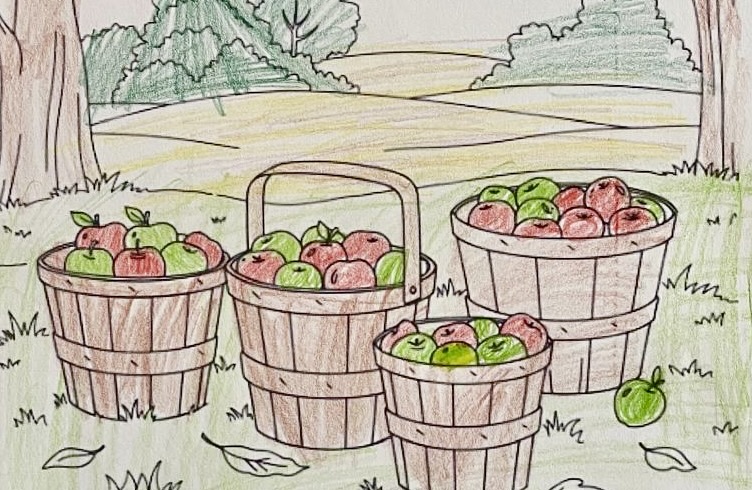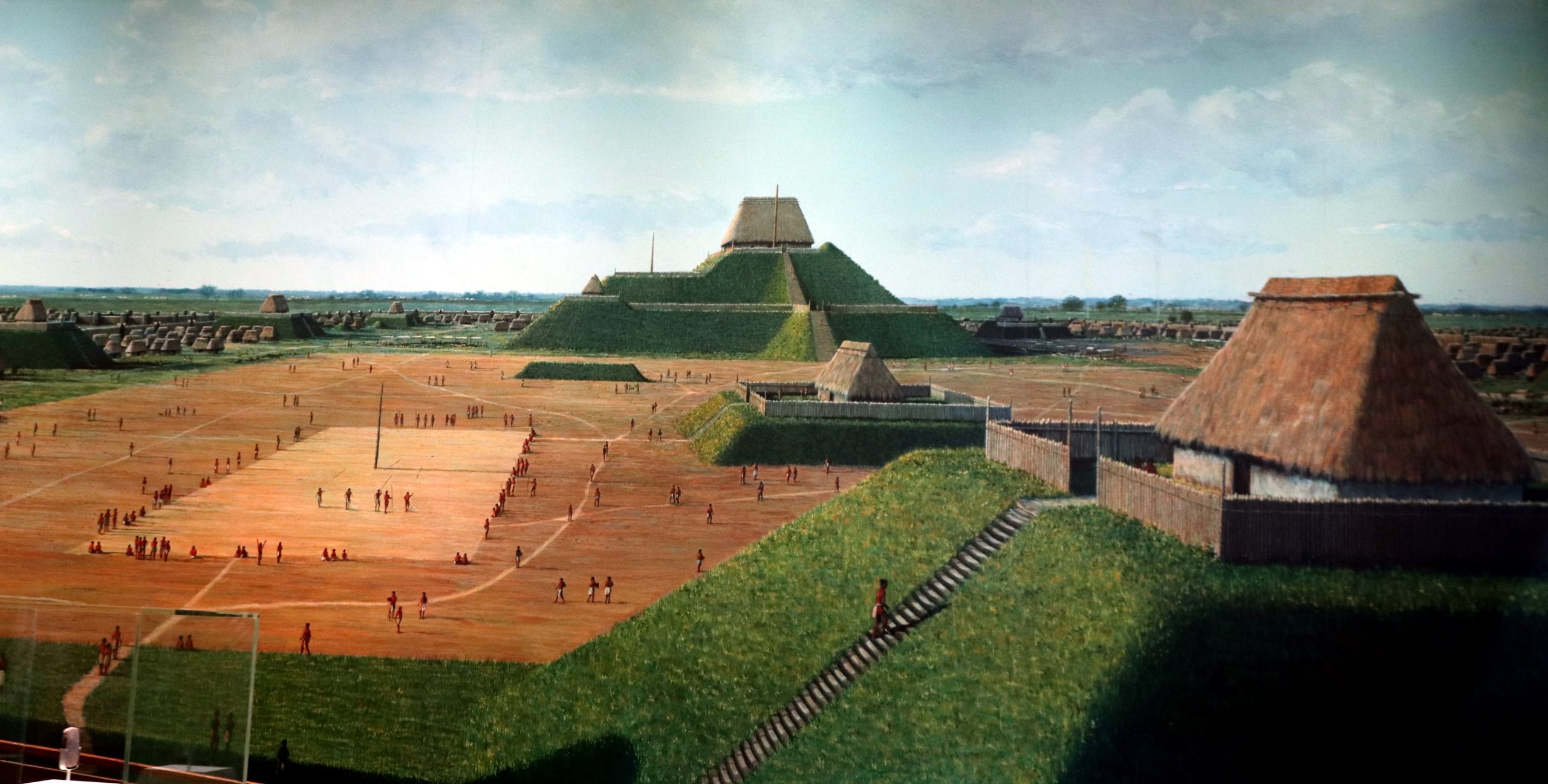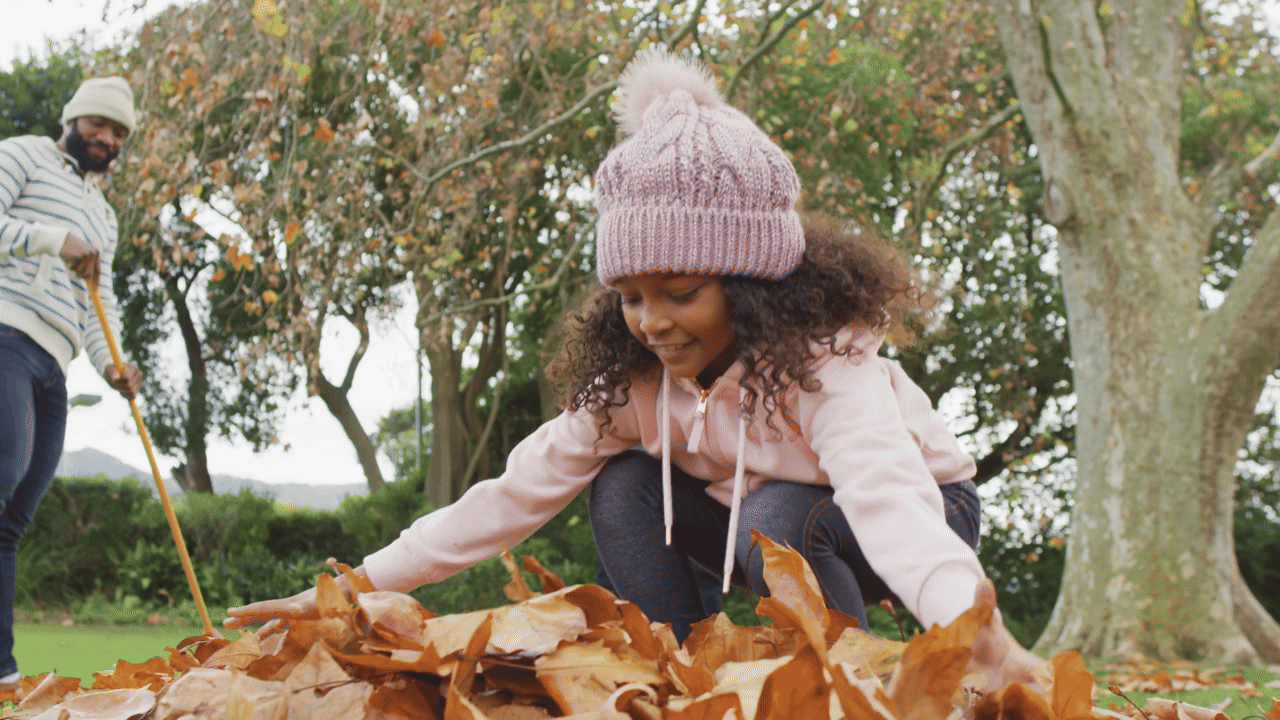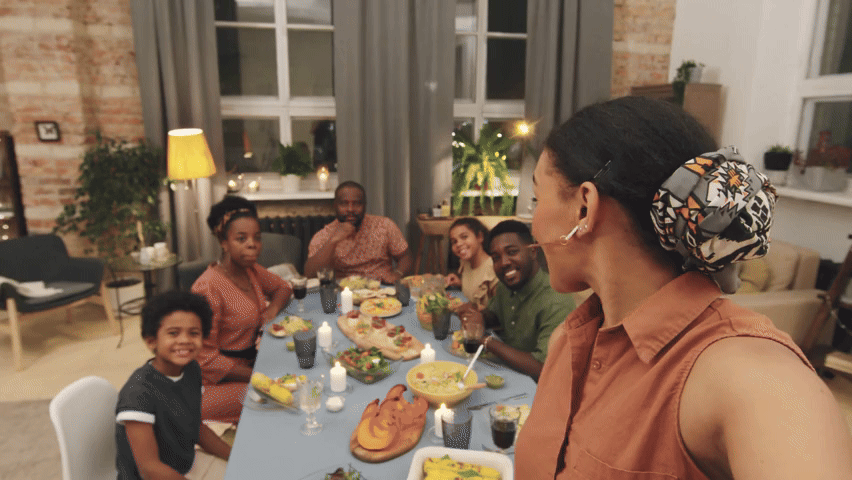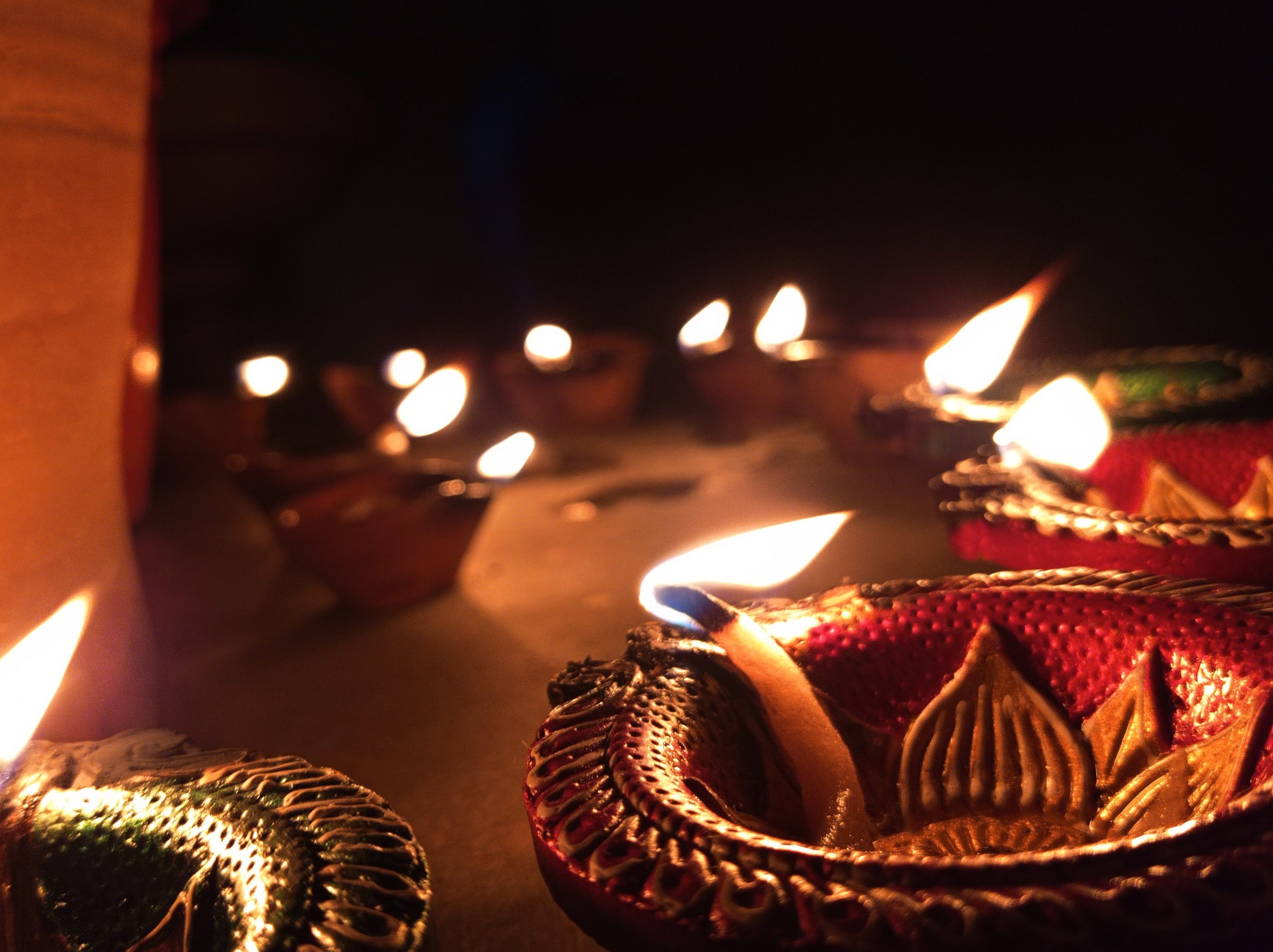
Teacher’s Guide to Diwali
Diwali (also called Deepavali) is arguably the most important holiday of the year for South Asian families. Sometimes called the “Indian Festival of Lights,” it is celebrated by Hindus, Sikhs, and Jains around the world.
Quick Facts:
- Duration: 5 days (traditionally the 3rd day is most important)
- Key Activities: Lighting candles and oil lamps (diyas), eating sweets, placing lit lamps in windows
- Central Theme: Triumph of good over evil, light over darkness, knowledge over ignorance
- When: Falls between mid-October and mid-November (based on the lunar calendar)
One fascinating aspect of Diwali is that different communities celebrate it for different reasons! Here are the main Hindu origin stories:
Story 1: Rama Defeats Ravana (Most Common)
Who: Rama (an incarnation of the god Vishnu) and his wife Sita
What Happened: The evil demon king Ravana kidnapped Rama’s wife. Rama journeyed to Lanka and defeated Ravana with help from his brother.
Why It Matters: Celebrates the victory of good over evil
Connection to Lights: People lit lamps to welcome Rama home after his victory
Story 2: Krishna Defeats Narakasura
Who: Lord Krishna (another incarnation of Vishnu)
What Happened: King Naraka made a deal with demons and became power-hungry. He destroyed kingdoms and planned to assault the heavens. Krishna used divine powers to defeat him.
Why It Matters: Shows that even great power cannot overcome justice
The Battle: Krishna neutralized Narakasura’s weapons and defeated him with a multi-pronged discus
Story 3: Birth of Goddess Lakshmi
Who: Lakshmi (goddess of wealth) and Vishnu (preserver of humanity)
What Happened: Lakshmi appeared during the churning of the divine ocean of milk and chose to marry Vishnu
Why It Matters: Honors prosperity, abundance, and partnership
Tradition: Families worship Lakshmi during Diwali, hoping for blessings of wealth and happiness
Story 4: Narasimha Defeats Hiranyakshipu (Southern India)
Who: Narasimha (lion-headed incarnation of Vishnu)
What Happened: The demon Hiranyakshipu believed he was immortal due to a blessing with very specific conditions for his death (couldn’t be killed day/night, inside/outside, by human/animal, etc.)
The Clever Victory: Vishnu incarnated as half-lion, half-human and killed him at dusk, on a doorstep, with his claws, on his lap—satisfying all conditions!
Why It Matters: Shows that justice finds a way, even against seemingly impossible odds
For Jain Families: Mahavira’s Enlightenment
Who: Mahavira, the 24th spiritual teacher and founder of contemporary Jainism
What Happened: Mahavira achieved nirvana (enlightenment)
Why It Matters: Celebrates spiritual awakening and the path to liberation
Connection to Lights: Lights symbolize the spiritual illumination Mahavira achieved
For Sikh Families: Freedom of Guru Hargobind
Who: Guru Hargobind, the sixth of 10 Sikh spiritual leaders
What Happened: After his father was executed by Mughal rulers, Guru Hargobind was imprisoned by Emperor Jahangir. He was released on Diwali.
The Amazing Part: Legend says he tricked the emperor into letting him bring out as many men as could hold onto his cloak. He had 52 threads attached, freeing 52 other prisoners!
Why It Matters: Celebrates freedom, justice, and standing up against oppression
Historical Context: This happened during the Mughal Empire (1526-1857)
Good will triumph over evil
Light will overcome darkness
Justice will prevail over oppression
Knowledge will defeat ignorance
Despite the different narratives, all Diwali stories share these powerful messages. This shared theme makes Diwali a celebration of hope, optimism, and the human spirit’s resilience.
✅ DO:
- Present Diwali as a cultural learning opportunity
- Acknowledge that different families celebrate differently
- Focus on the universal themes (good vs. evil, light vs. darkness)
- Invite students to share their own family traditions if they celebrate
- Use it as an opportunity to celebrate diversity
- Connect to similar themes in other traditions
❌ DON’T:
- Require students to participate in religious activities
- Present only one version of the story as “the” Diwali story
- Make assumptions about students’ cultural backgrounds
- Turn it into arts and crafts without cultural context
- Use it as the only time you discuss South Asian culture
Grades K-1:
- Focus on the simple concept: “Festival of Lights celebrates good winning over bad”
- Keep stories simple and visual
- Emphasize the fun aspects: lights, sweets, family gatherings
- Use the diya counting activities from This Month™
Grades 2-3:
- Tell one or two simplified Diwali stories
- Discuss why different families might celebrate for different reasons
- Compare and contrast: “How is this like other celebrations you know?”
- Create rangoli patterns with math connections (symmetry, patterns)
Grades 4-5:
- Explore multiple Diwali origin stories
- Discuss the concept of different perspectives and traditions
- Research project: “Festivals of Light Around the World”
- Critical thinking: “Why do you think there are different stories about Diwali?”
- Connect to social studies: Ancient India, religious diversity, immigration
PreK-K:
- “Diwali” by Hannah Eliot (Board book)
- “Binny’s Diwali” by Thrity Umrigar
K-2nd:
- “Shubh Diwali!” by Chitra Soundar
- “Let’s Celebrate Diwali” by Anjali Joshi
3rd-5th:
- “The Best Diwali Ever” by Sonali Shah
- “Diwali: Festival of Lights” by Rina Singh
Language Arts
- Story Comparison: Read multiple Diwali stories and compare/contrast
- Narrative Writing: “Write your own ‘good vs. evil’ story”
- Vocabulary: Learn words like diya, rangoli, Lakshmi, nirvana
- Perspective Writing: Tell a Diwali story from different character viewpoints
Math
- Use the Count the Diyas activities from This Month™
- Symmetry: Create symmetrical rangoli patterns
- Patterns: ABAB, AABB patterns with diya manipulatives
- Word Problems: Story problems about sharing sweets (included in This Month™ resources)
Social Studies
- Geography: Locate India and South Asian countries on a map
- Timeline: Place Diwali stories on a historical timeline
- Cultural Diversity: Explore how the same holiday is celebrated differently
- Immigration: Discuss how celebrations travel and adapt (if age-appropriate)
Art
- Rangoli Designs: Create geometric floor art with colored chalk or paper
- Diya Decorating: Decorate paper or clay diyas
- Light and Shadow: Explore how light creates patterns
- Mendhi Patterns: Learn about henna designs (hands-on or coloring sheets)
Science
- Light and Dark: Study how light travels, reflects, and illuminates
- Fire Safety: Discuss safe ways to use candles and lamps
- Moon Phases: Diwali falls on the new moon—explore lunar cycles
K-2nd Grade:
- “Why do you think people light candles during Diwali?”
- “What does it mean when we say ‘good wins over bad’?”
- “How do lights make you feel?”
- “What are some ways your family celebrates special days?”
3rd-5th Grade:
- “Why might different groups celebrate the same holiday for different reasons?”
- “What do all the Diwali stories have in common?”
- “How is celebrating Diwali in America different from or similar to celebrating in India?”
- “Why do you think festivals of light are important to many cultures?”
- “What can we learn from the idea that ‘light overcomes darkness’?”
Invite Families:
- Ask families who celebrate to share their traditions (optional, not required)
- Host a “Festivals Around the World” family night
- Share photos of classroom activities with families
Religious Sensitivity
- Diwali is a religious holiday for many families—treat it with respect
- Don’t require participation in religious aspects
- Teach about the holiday, not practice of the holiday
- If your school has policies about religious holidays, follow them
Avoid Stereotypes
- Not all Indian families celebrate Diwali
- Not all families who celebrate Diwali are from India
- South Asia includes many countries: India, Pakistan, Bangladesh, Nepal, Sri Lanka, Bhutan
- There’s tremendous diversity within South Asian cultures
Cultural Appropriation vs. Appreciation
- Appreciation: Learning about, respecting, understanding the meaning
- Appropriation: Wearing as a costume, using sacred symbols without understanding
- Focus on education and respect, not just “fun activities”
Timing:
October/November (check the specific date each year as it varies based on the lunar calendar)
Duration Options:
- Minimum: One focused lesson (45-60 minutes)
- Recommended: A week-long unit with multiple activities
- Ideal: Part of a broader “Festivals of Light” or “World Cultures” unit
Integration Options:
- Stand-alone cultural celebration
- Part of world religions/cultures unit
- Included in fall festivals exploration
- Connected to social studies curriculum on India or South Asia
- Multiple Stories, One Theme: There isn’t just “one” Diwali story—and that’s okay! The diversity of narratives reflects India’s cultural richness.
- Universal Message: Focus on the shared theme of good triumphing over evil—something all students can relate to.
- Respectful Education: Teach about the holiday without requiring religious participation.
- Cultural Window: Use Diwali as an opportunity to celebrate diversity and learn about South Asian cultures.
- Student Connection: Many students celebrate Diwali—this is a chance to honor their traditions while educating others.
- Practical Resources: Use the This Month™ Diwali activities (interactive counting, tabola game, printable manipulatives) to make learning hands-on and engaging.
This Month™ Diwali Resources:
- Interactive “Count the Diyas” Math Worksheets
- Printable Diwali Tabola Game
- Diya Manipulatives (numbered and unnumbered)
- Sweet Sharing Story Problems
Online Resources:
- National Geographic Kids: Diwali
- PBS Learning Media: Diwali Resources
- Smithsonian: Diwali Celebration
Community Resources:
- Invite a local Hindu, Sikh, or Jain community member to speak (with proper school approval)
- Visit a temple or cultural center (if available and appropriate)
- Partner with cultural organizations for authentic resources
As scholar Robert Ford Campany suggests, narratives “reveal, argue, or assume something significant about the world.” The diverse origin stories of Diwali all point to a shared argument:
Good will necessarily triumph over the evils of demons, injustice, and ignorance.
In our chaotic world, that’s certainly an argument worth celebrating—and one that resonates across all cultures and backgrounds.
🪔 Happy Diwali! 🪔

